GUEST BLOGGER LAURA PERDEW
A vital role
What do a purple starfish and a gray wolf have in common? They are both carnivorous apex predators and keystone species! The term keystone species was coined by ecologist Robert Paine when he made a break-through discovery: while all species play a role in their ecosystem, some are more important than others. And like the keystone brick or stone at the top of an arch that holds it together, keystone species play such a vital role that without them, the ecosystem might collapse.
In Keystone Species: Meet the Animals Key to Ecosystem Health and Biodiversity, readers are introduced to several different types of keystone species from around the world and the crucial roles they play in their ecosystem. Each chapter also includes stories about ongoing conservation efforts to protect these species.
The book is for readers ages 9-12, but activities can be adapted to meet the ability and interests of both younger and older students.
What is a keystone species?
- Prior to reading, students need an understanding of how food webs work in an ecosystem.
- Introduce the term keystone species. Discuss its meaning and why it’s important to identify, understand, and protect these species.
- Discuss other important vocabulary terms including predator, carnivore, herbivore, mutualist, ecosystem engineer, foundational species, sustainability, and biodiversity.
- Read all, or select chapters, of Keystone Species in pairs, individually, or section-by-section as a class, based on the needs of the students.
Classroom activities
Compare and contrast
Ask students to select one keystone species from the book and read that chapter, taking notes on what happens to an ecosystem when that species is removed or when that species is reintroduced. Some students or classes may want to do additional, outside research. Then ask students to compare and contrast what the ecosystem is like with and without the keystone species. Students could present their information in a Venn diagram, through illustrations, in an essay – or a combination of all three!
Wolf reintroduction – an opinion piece
Wolf reintroductions in Yellowstone, and more recently in Colorado, have created a lot of controversy. Ask students to read chapter 2 of the book about gray wolves and then to research the ongoing debate about reintroductions. Based on what they’ve learned, students will write an opinion piece for or against reintroducing wolves, or suggest a compromise, supporting their stance with facts. Teachers can also have a formal classroom debate on the issue.
Interview a keystone species
Many of the species in the book have historically been despised, feared, and unappreciated for a variety of reasons. What better way to get to know a species than through a personal interview? Have students generate 5-10 questions they would ask these animals if they were able to talk to them. Then students will investigate the answers to these questions. They can report their findings in a written or podcast-style interview, keeping in mind how these animals might speak, what is important to it, and what they would want humans to know about them.
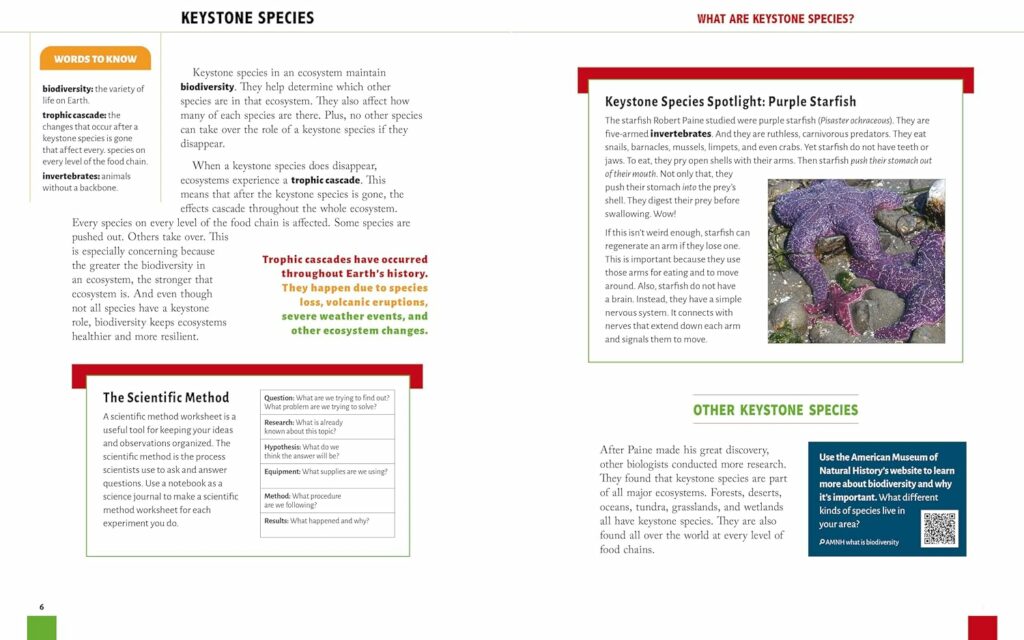
Featured image credit: “gray wolf” by USFWS Headquarters is marked with Public Domain Mark 1.0.
Laura Perdew is a mom, author, writing coach, presenter, and former middle school teacher. Her passion for nature and the environment not only led her to move to Colorado decades ago, but also steered her toward writing for children. She writes both fiction and nonfiction for kids, including dozens of books for the education market. One of those, Biodiversity: Explore the Diversity of Life on Earth (Nomad Press, 2019) is on the Booklist editor’s list of the Top 10 Books on the Environment & Sustainability for Youth 2020. She lives, plays, and writes in Colorado.
- Website: www.lauraperdew.com
- Twitter: @lmperdew
- Facebook: @authorLauraPerdew
- Instagram: @authorlaurap
- Pinterest: @lauraperdew
- Bluesky: @lmperdew.bsky.social


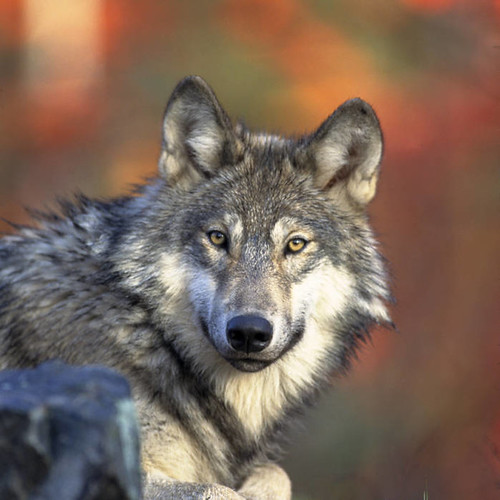

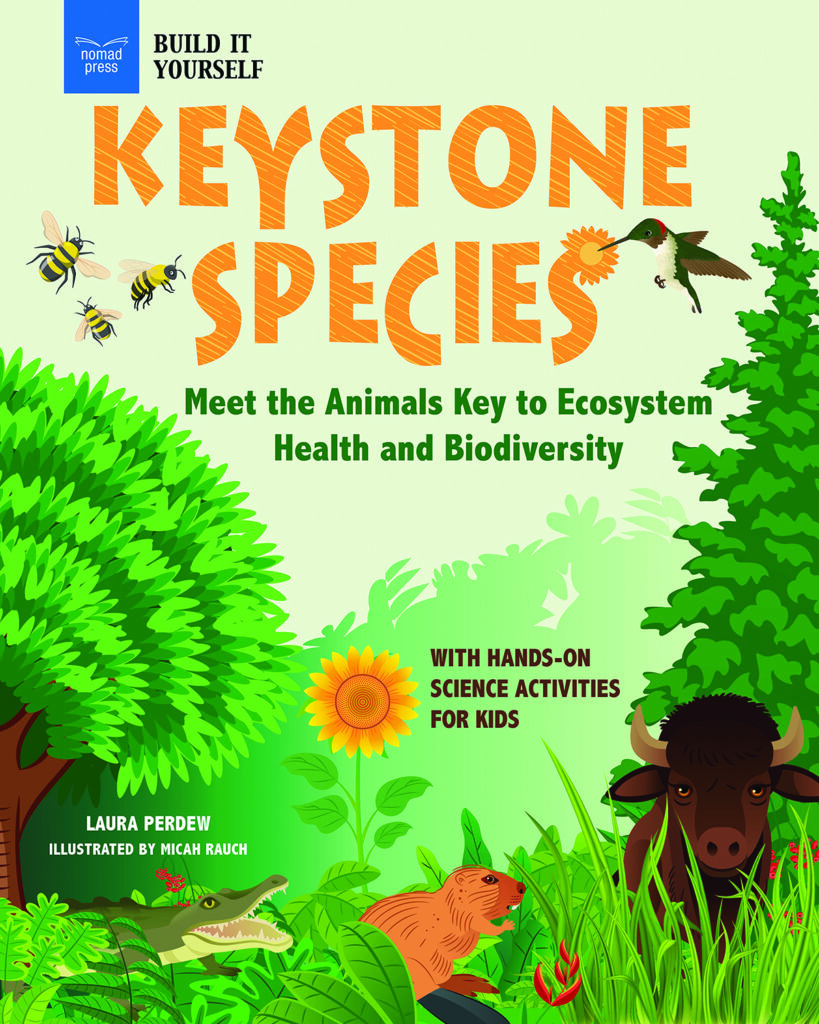
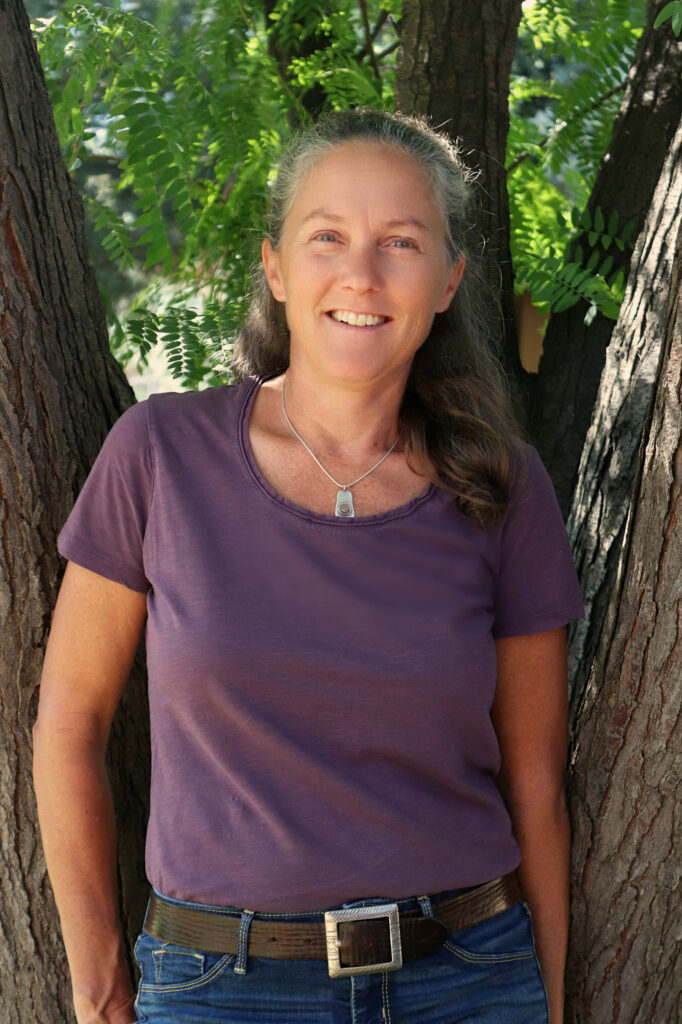
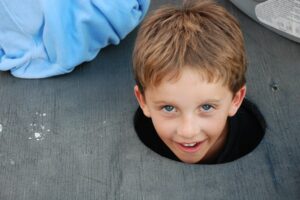
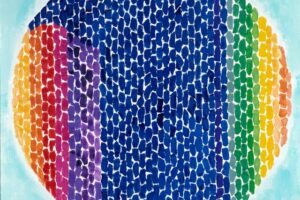



Leave a Reply
Your email is safe with me.